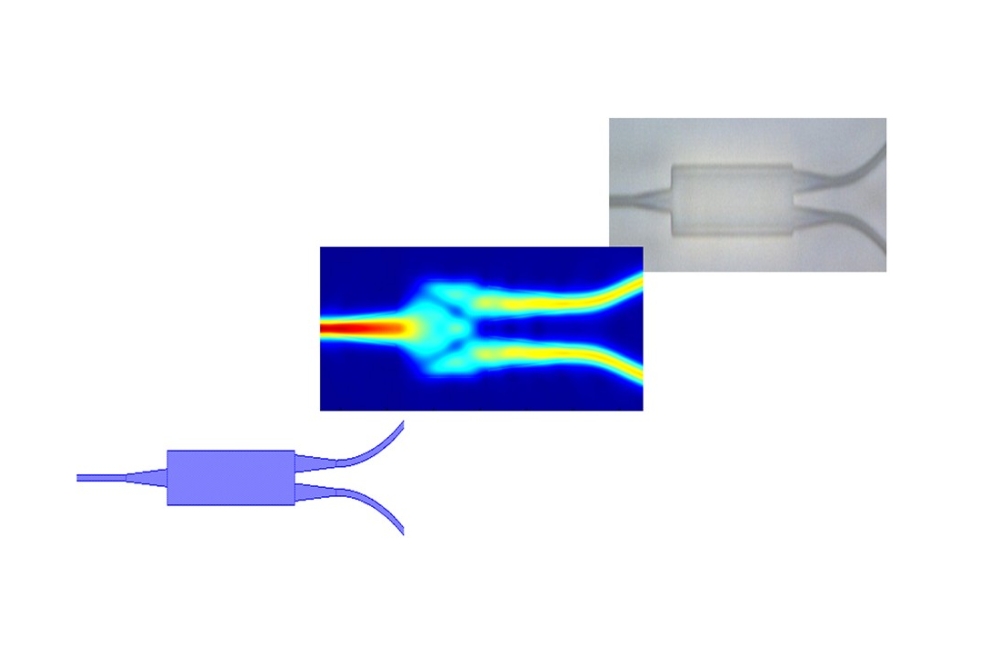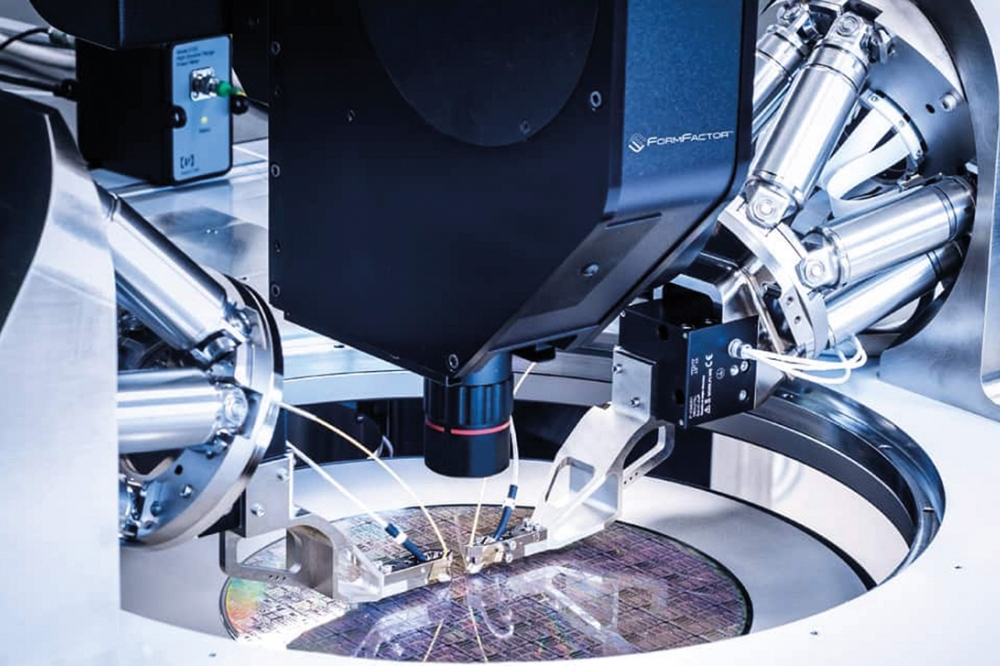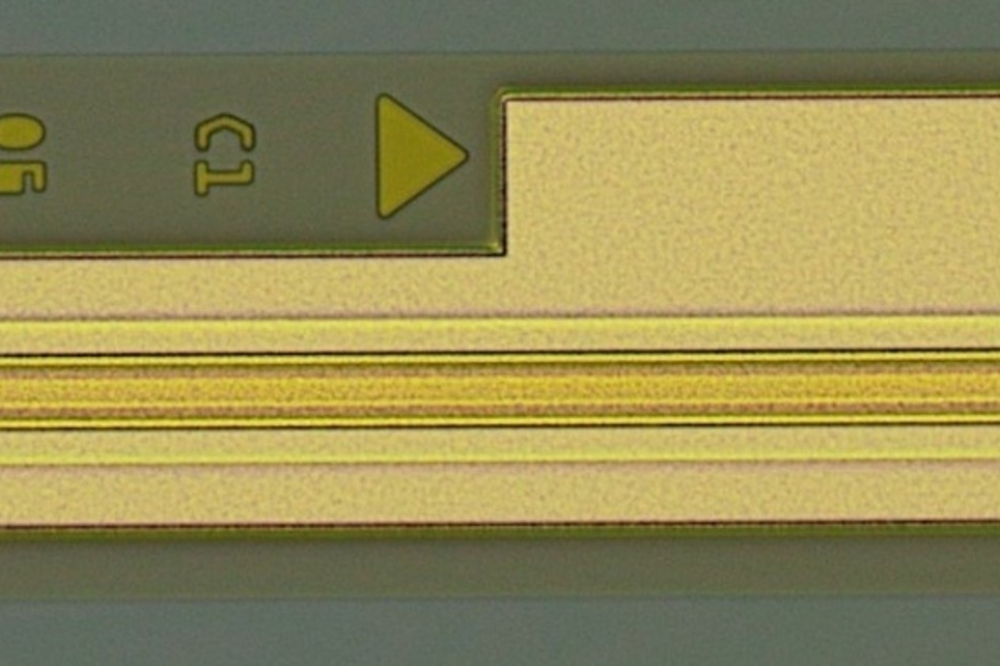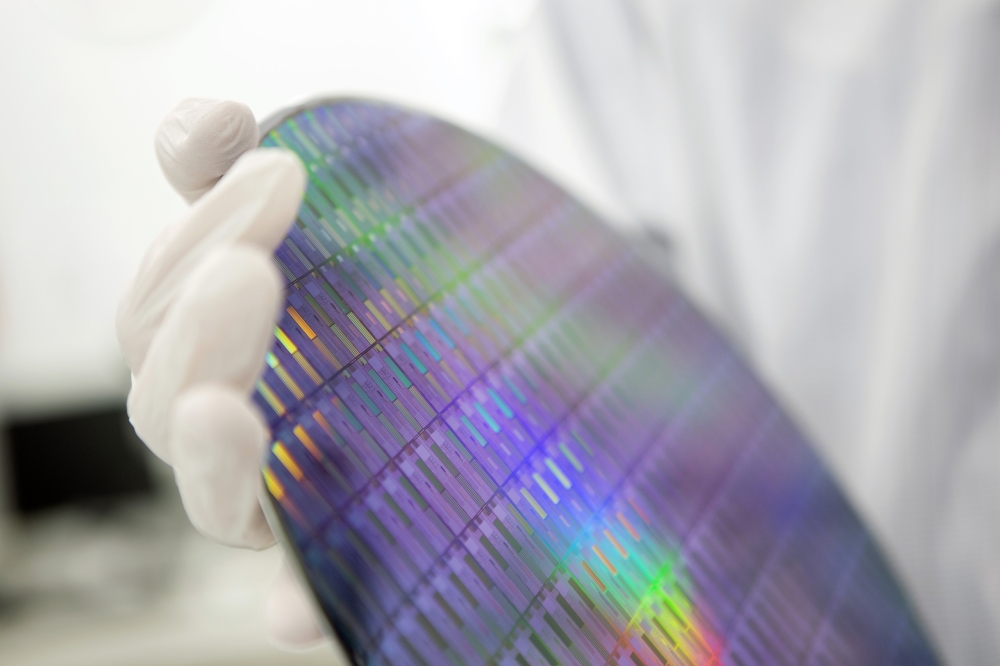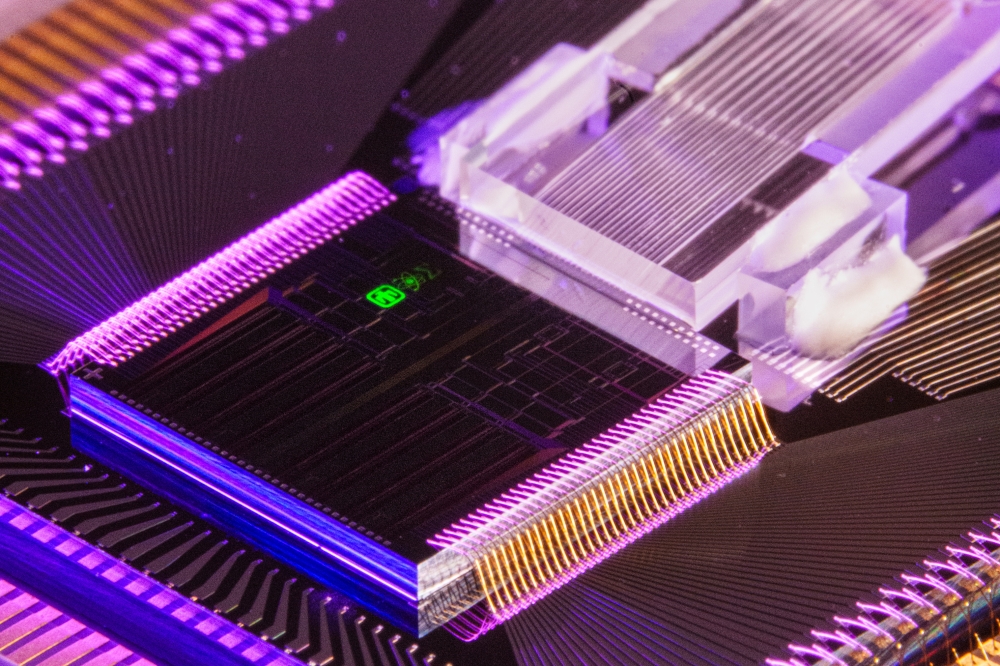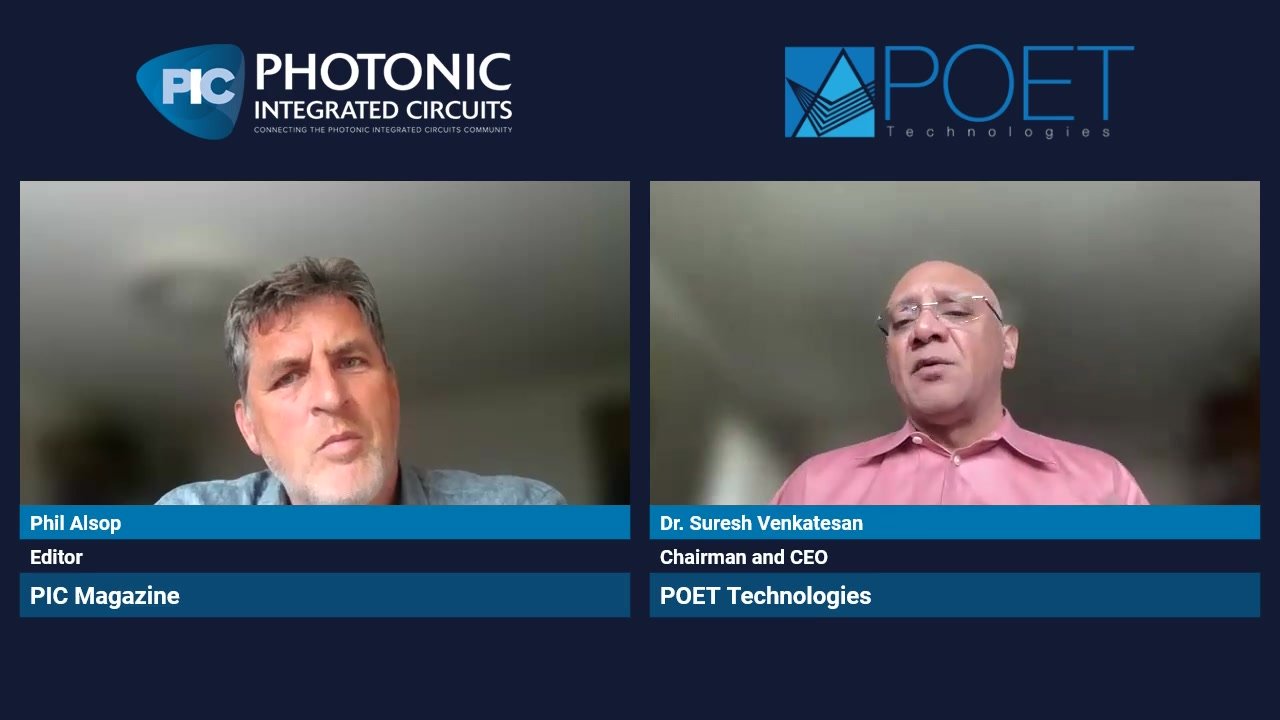Optical amplifier is smaller than a paper clip
Scientists use ultra-silicon-rich nitride (USRN) platform to make low cost, compact telecoms amplifier
![]()
Above: Optical signals propagating through a USRN waveguide undergo 42.5dB of optical parametric amplification.
Researchers at the Singapore University of Technology and Design (SUTD), A*STAR Data Storage Institute and the Massachusetts Institute of Technology (MIT) have developed a tiny optical amplifier able to amplify light by 17,000 times at telecommunications wavelengths. They reported the results in Nature Communications on January 4th 2017.
The team used a proprietary platform called ultra-silicon-rich nitride (USRN), with a material composition of seven parts silicon, three parts nitrogen, with the large nonlinearity and photon efficiency needed for high gain amplification, through the efficient transfer of photons from a pump to the signal.
"To give a sense of the scale, a conventional optical parametric amplifier costs several hundred thousand dollars, and occupies an entire optical table, while the newly developed amplifier is much smaller than a paper clip, and costs a fraction of the former," said SUTD's Dawn Tan, who led the development of the amplifier.
Providing high gain on such a small footprint could enable new opportunities in low cost broadband spectroscopy, precision manufacturing and hyperspectral imaging. The device's efficiency is also revealed through cascaded four wave mixing, which is a higher order mixing of the amplified and converted photons. This phenomenon also allows the amplifier to operate as a tunable broadband light source, enabling cheaper and more efficient spectroscopic sensing and molecular fingerprinting than what is available today.
"The inefficiencies in highly nonlinear photonic devices are overcome here, by photonic device engineering for maximum nonlinearity, while still maintaining a sufficiently large bandgap to eliminate two-photon absorption at the telecommunications wavelength. We believe this is one of the highest gains demonstrated at the telecommunications wavelength to date on a CMOS chip" said Tan.
Achieving ultra-large amplification while maintaining high compactness was possible because the researchers managed to design and implement an amplifier which operates simultaneously with a high nonlinearity and photon efficiency. In other platforms which are compatible with processes used in the electronics industry today, either the nonlinearity or photon efficiency is low.
"The results demonstrate the ultra-silicon-rich nitride platform to be extremely promising for highly efficient nonlinear optics applications, particularly in the field of CMOS photonics leveraging existing electronics infrastructure," says Doris Ng, a scientist at the A*STAR Data Storage Institute.














